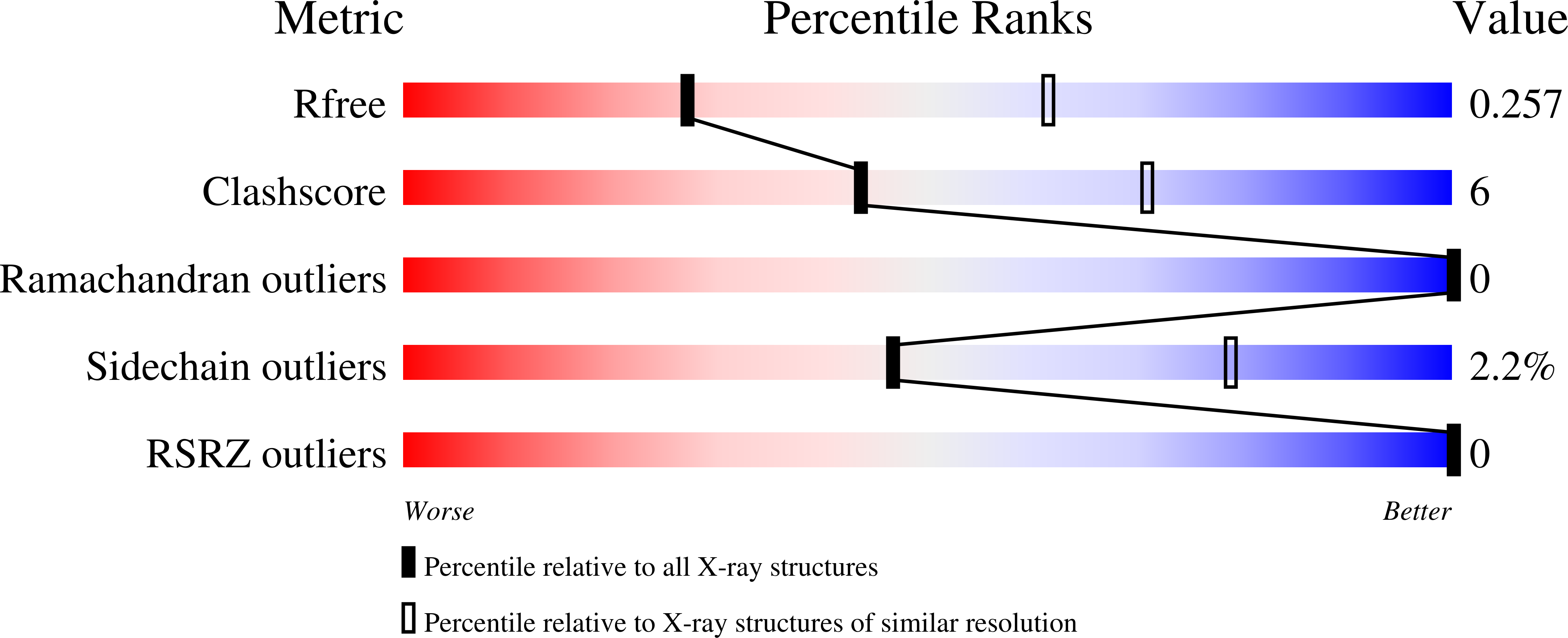
Deposition Date
2024-06-05
Release Date
2025-01-22
Last Version Date
2025-01-22
Entry Detail
PDB ID:
9FLL
Keywords:
Title:
Crystal structure of the C-terminal domain of VldE from Streptococcus pneumoniae containing a zinc atom at the binding site
Biological Source:
Source Organism:
Streptococcus pneumoniae R6 (Taxon ID: 171101)
Host Organism:
Method Details:
Experimental Method:
Resolution:
2.80 Å
R-Value Free:
0.28
R-Value Work:
0.23
R-Value Observed:
0.24
Space Group:
P 3


